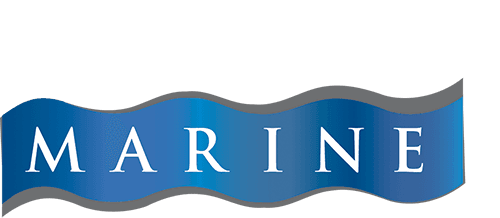Hurricane Ike taught Scott Johnson, director of Parks and Recreation for Baytown, Texas, home to Bayland Marina, two important lessons. “I learned that a 100-year storm doesn’t take 100 years, it can happen tomorrow. And I discovered that a hurricane will rewrite your job description.”
Bayland Marina’s four-year journey from devastation to re-opening is instructive, particularly to marina operators in the aftermath of Hurricane Sandy. No operator can anticipate all the consequences of a hurricane, but the experience at Bayland can help you assess your own readiness for a disaster.
Bayland Marina is owned by the City of Baytown and operated by a concessionaire. The tenants of the 101-slip marina enjoy fishing or sailing in Galveston Bay. The oil and gas industry has a strong presence in this city of 73,000 located 25 miles from Houston. The city has a theme: “Where oil and water really do mix.”
Johnson overseas the marina property for the city in addition to managing 1,000 acres of parks. His life got more complicated in the early hours of September 13, 2008, as Hurricane Ike smashed into Baytown.
Preparing for a hurricane
Hurricane Ike was the most intense storm of 2008 and the third costliest hurricane ever to make landfall in the US (after Katrina and Sandy). Ike flattened Cuba with Category IV winds and headed north over the Gulf of Mexico. Over the next several days it developed an unusually large wind field and, as its top winds diminished, was lowered to Category II.
As the storm approached, Johnson’s team went through their Parks’ checklist, including checking chain saws and generators, and boarding up buildings. The marina operator secured the boats and, stowed loose equipment. The County and City ordered evacuations of the majority of Baytown. Hurricanes are categorized on the Saffir-Simpson scale by wind speed, but wind speed is not a sufficient indicator of its true destructive power. Ike was rated Category II, but its low barometric pressure, huge wind field and potent storm surge was at the level of Category IV. Ike hit Baytown at 4:00 AM with 110 mph winds. The long fetch and shallow depth of the bay amplified the storm surge.
Wind pressure on the boat hulls created enormous forces that were transmitted through the cleats to the docks and then the pilings. As the surge crested the marina’s breakwater it lifted the docks and boats to the tops of the pilings. This is an ultimate test of strength of the pilings. When the docks are high on the pilings, the forces are at their greatest distance from the fulcrum point. This creates leverage and maximum stress on the pilings. With a few exceptions, most of the pilings held. As the surge overtopped the pilings whole sections of the marina, docks and boats together, washed ashore. A line of large pine trees prevented the docks and 87 boats from going further inland. Most of the boats were still tied to the docks when the storm receded.
FOR A COMPLETE COPY OF THE ARTICLE, DOWNLOAD THE PDF

